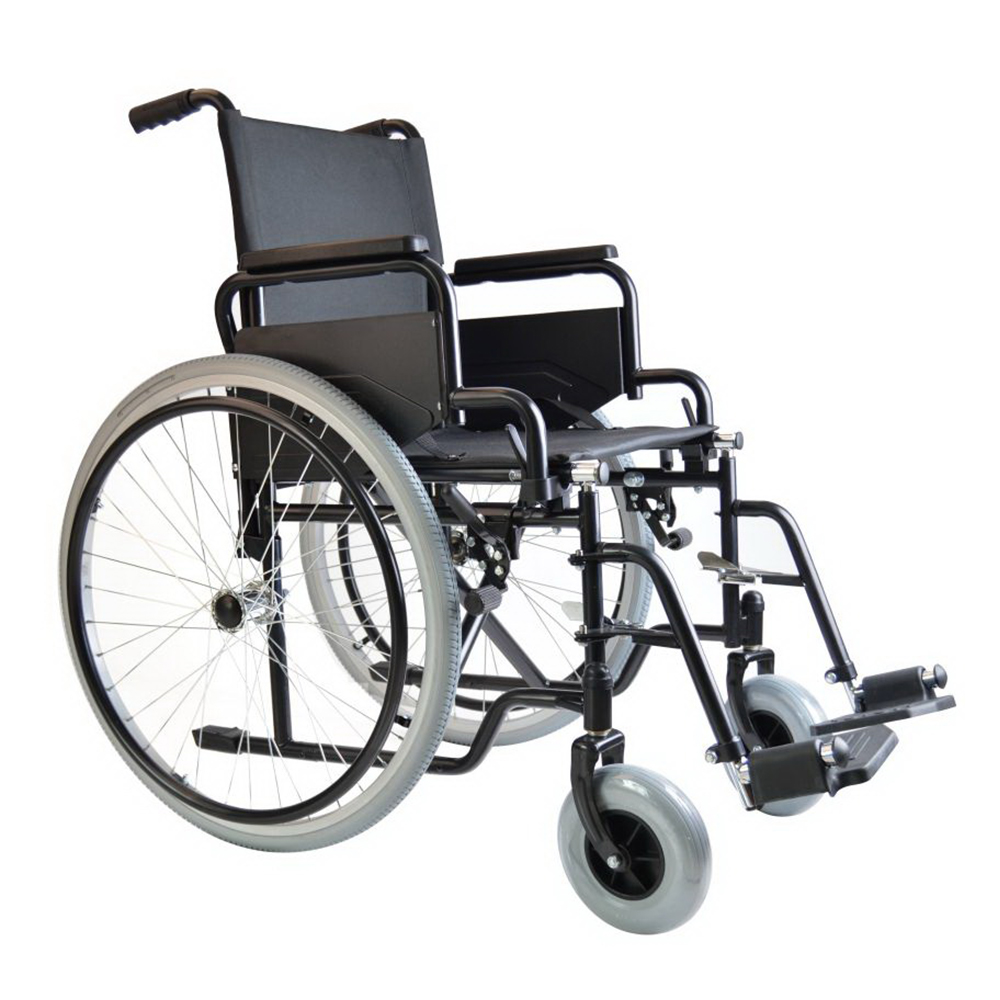HAIs affect hundreds of thousands of patients and have a more than 10% mortality rate. According to a study in the New England Journal of Medicine, 1 out of every 25 patients developed at least one HAI while hospitalized in 2018. Nationally, that comes to more than 721,000 HAIs each year–and 75,000 mortalities.

STOP THE ROLLING EPIDEMIC OF HAIs:
Using UV-C in the fight
against infection. One of the biggest culprits in the spread
of hospital-acquired infections may be the wheelchair.
Wheelchairs “get sick” this way. An infected patient needs to go to radiology, but the transporter assigned to take her is not told that she has an infection and superbugs hop onto the wheelchair for the ride. But, since the transporter was not aware the patient was infected, he doesn’t perform the special “clean” required to rid the wheelchair of the germs. Now the chair becomes a rolling epidemic, since it will be handed off to the next transporter for another patient trip, and another, and another and on and on.
How often does this happen? Hospitals don’t keep statistics about “inadvertent” exposures, but the anecdotal evidence is startling.
Does the sanitizer clean equipment also?
No, the only thing we do is sanitize.
No, just UVC lights.
Yes, as long as your IP address is loaded into the unit.
Yes, you can.
No, only the administrator with their code can do that.
- The PLC hold up to 1000 cycles.
- Then it drops the oldest ones off and replaces it with the latest use.
- Bulb life lasts around 15,000 hrs.
- We/You can keep a running count on time via PLC
- The unit shuts down.
- You need to start at the beginning
No, our lamps have very little mercury in them, so you can dispose of them with the rest of your fluorescent bulbs.
Yes, but it might be better to call your local rep first in order to get back and running quicker.
Yes, we are currently with a company called MedOne.
Close to a century.
Yes, UV-A and UV-B do very little, if anything, against fighting germs/bacteria.
Yes, it comes equipped with removable casters. Once in place, remove the casters.
- Outside is polish stainless steel.
- Inside is modular aluminum plate.
No, We have all our machines preset to reduce all pathogens by 99.999%.
Yes!!! By adding our equipment into your procedure, we can give you consistent sanitizing every time.
What ever fits inside.
No, in order for UVC to work correctly, all surfaces need exposed.
No, no chemicals are used.
To break it out, it will cost you .03¢ per use.
38" wide
44" high
54" long


